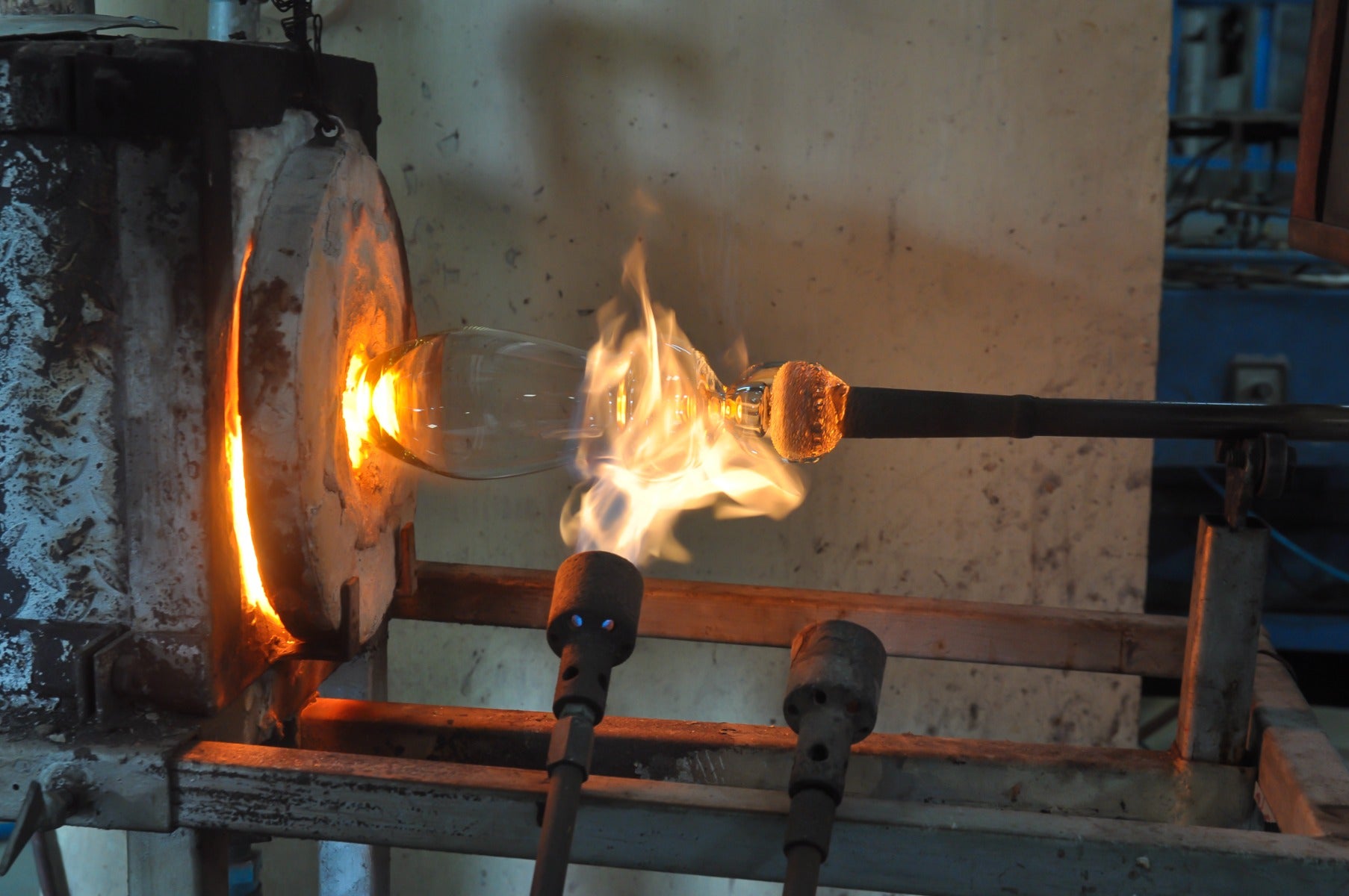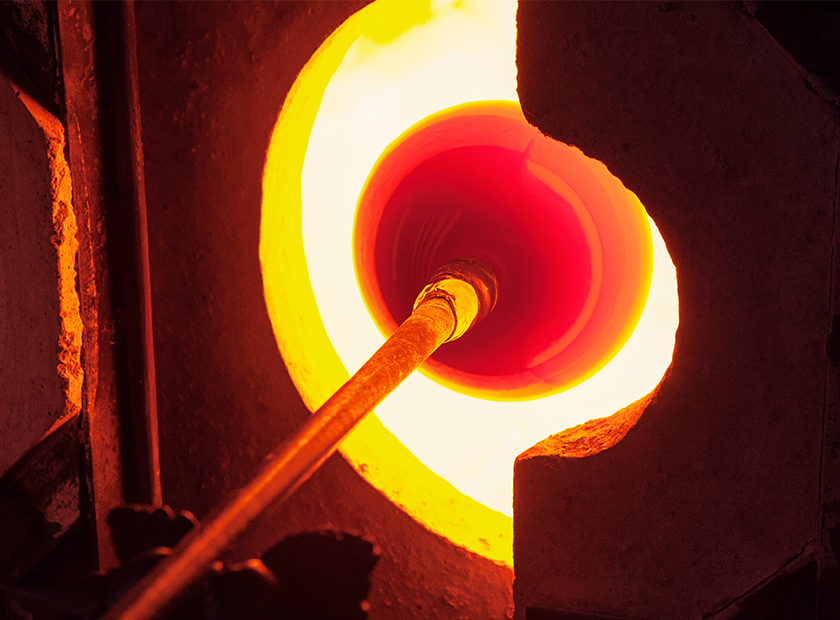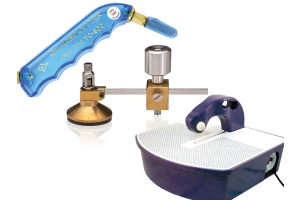We use cookies to make your experience better. To comply with the new e-Privacy directive, we need to ask for your consent to set the cookies. Learn more.
The Evolution of Glassblowing Tools and Techniques
The Evolution of Glassblowing Tools and Techniques
The evolution of glassblowing tools and techniques spans centuries, marked by significant innovations that have continually shaped and refined the art of blowing glass. From the ancient practice of free-blowing methods and the introduction of the blowpipe, advancements in technology have played a pivotal role in the transformation of this intricate craft.

Ancient Free-Blowing Techniques:
Early Innovations:
In the early stages of glassblowing, artisans used basic tools such as tongs, shears, and solid molds. Free-blowing involved gathering molten glass on the end of a blowpipe and shaping it by blowing into the pipe while manipulating the glass with tools. The advent of the blowpipe around the 1st century BC, was a groundbreaking innovation in glassblowing. It allowed artisans to blow air into the molten glass, creating a bubble that could be shaped more efficiently. This enabled glassblowers to work with greater precision and control, making it possible to create more intricate designs.
The Development of Glassblowing Tools:
Middle Ages:
During the Middle Ages, glassblowing tools evolved to include specialized jacks for shaping, pincers for pulling and stretching, and molds for creating consistent forms. The pontil rod, a solid iron rod, replaced the blowpipe for transferring the glass piece to different tools or annealing ovens. The refinement of tools allowed artisans to experiment with new techniques, leading to the creation of more complex and detailed glass objects.
Renaissance and the Glass Industry:
16th to 17th Centuries:
The Renaissance saw the establishment of glassmaking centers in Venice, where skilled artisans further honed the craft. Technological advancements, such as improved furnaces and better-quality raw materials, contributed to the growth of the glass industry. Glassblowing tools became more specialized, with the introduction of jacks with serrated blades for added precision and control. Molds and punty rods became integral to the glassblowing process, allowing for the creation of uniform and intricate designs.
Industrial Revolution and Modern Innovations:
18th to 19th Centuries:
The Industrial Revolution brought significant changes to glass production, with the introduction of mechanical innovations and mass production techniques. Steam-powered and later, electric-powered furnaces increased the efficiency and scale of glass production. Automation played a role in some aspects of glass production, but skilled artisans continued to play a crucial role in creating unique, handcrafted pieces. Technological advancements in temperature control, annealing, and glass chemistry further refined the art of blowing glass.
Contemporary Glassblowing:
20th Century Onward:
The Studio Glass Movement in the mid-20th century marked a return to artisanal, handcrafted glass. Modern glassblowing studios combine traditional techniques with contemporary technology, including advanced kilns and refined glass chemistry. Today, contemporary glass artists embrace a fusion of traditional craftsmanship and cutting-edge technology, exploring new possibilities in design and expression.
The evolution of glassblowing tools and techniques reflects a fascinating journey of innovation, from the early free-blowing methods and the introduction of the blowpipe and beyond. Advancements in technology, combined with the skill and creativity of artisans, have continually refined the art of blowing glass, shaping its rich history and ensuring its enduring legacy as a captivating form of artistic expression.









